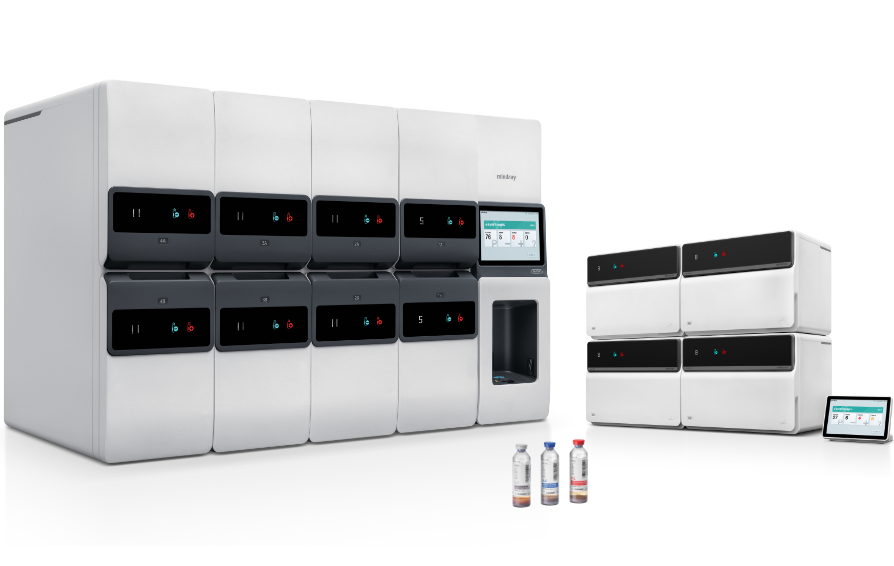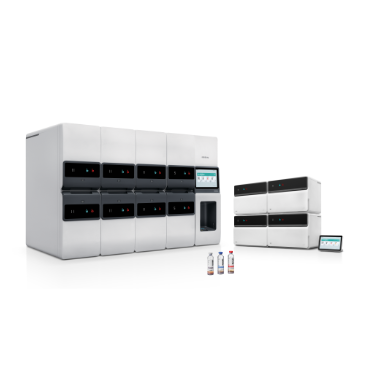Unlocking Microbiology: MPC (Multi-Porosity Cross-Linked) Resin Bottles for Rapid Positive Reporting
2025-09-29
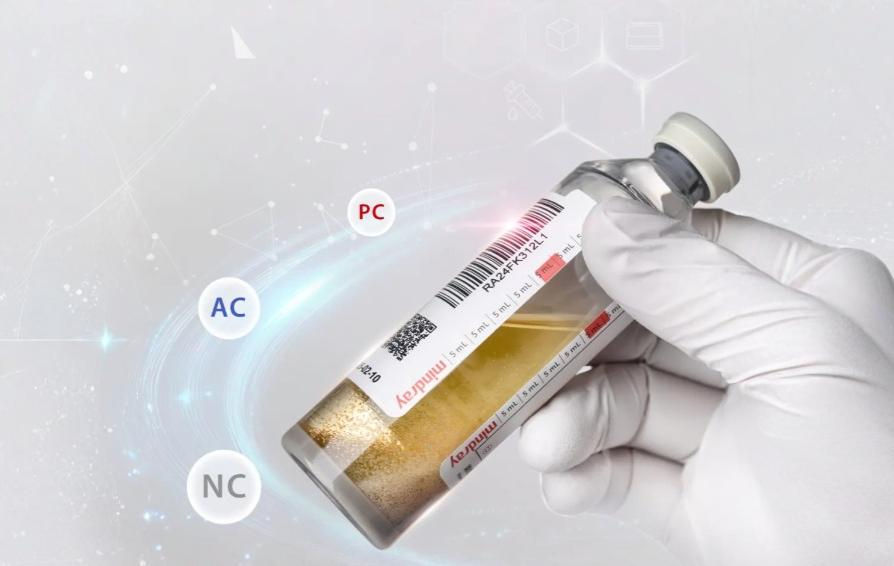
Clinical Challenge: How to Achieve Rapid and Accurate Diagnosis of Bloodstream Infections
When patients present with fever and suspected bloodstream infection, physicians typically initiate empirical antibiotic therapy immediately, using broad-spectrum antimicrobials to stabilize the condition. However, the administration of antibiotics poses challenges to reliable positive reporting in blood cultures.
If antibiotics have been administered prior to blood collection, these drugs persist in the bloodstream and continue to inhibit microbial growth after entering the blood culture bottles, leading to delayed pathogen detection or even false-negative results. This undoubtedly complicates clinical decision-making in time-sensitive scenarios.
Mindray has recognized this clinical bottleneck and developed the new generation of resin blood culture bottles, utilizing professional innovation to assist physicians in rapidly identifying the truth of infections!
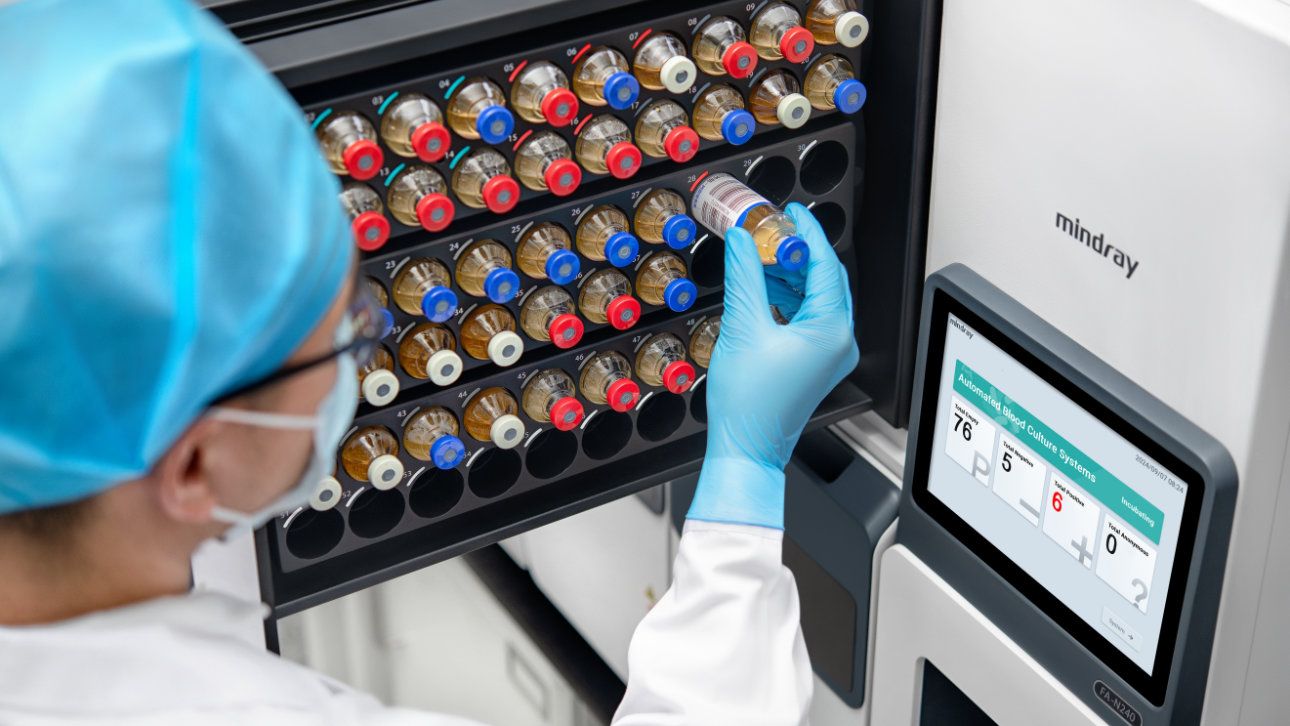
Industry Challenge: How to Overcome Constraints
The secret of blood culture bottles lies in resin! Through customized development, Mindray has innovatively adopted MPC (Multi-Porosity Cross-Linked) Resin, significantly mitigating the challenge of antibiotic interference.
The resin in blood culture bottles serves as a protector for microbial growth, neutralizing antibiotics in the blood and restoring a normal microbial environment. Specifically, there are two key types of resin used in blood culture bottles:
1. Macroporous adsorption resin
Macroporous adsorption resin possesses a porous three-dimensional network structure (Broussonetia papyrifera) and selectively adsorbs organic compounds such as antibacterial drugs through physical or chemical interactions. Macroporous adsorption resin relies on hydrophobic interactions and van der Waals forces to adsorb substances via its abundant internal specific surface area, making it suitable for adsorbing non-polar antibacterial drugs (e.g., vancomycin, fluconazole) from polar solvents (e.g., water). The adsorption mechanism is illustrated in the figure.
2. Ion Exchange Resin
Selectively captures specific antibiotics through ion exchange between functional groups on the resin surface and ions in the solution.
Ion exchange reaction formula:
R-SO₃-H + NaCl ⇌ R-SO₃-Na + HCl or R-NH₂-OH + HCl ⇌ R-NH₂-Cl + H₂O
Mindray Breakthrough: MPC (Multi-Porosity Cross-Linked) Resin Blood Culture Bottles
The development of suitable resin is critical in blood culture bottle R&D. Not all commercially available resins meet this requirement; specific resins must be selected that effectively adsorb clinically common antibiotics without significantly adversely affecting the culture medium system.
In collaboration with a national key laboratory, Mindray conducted in-depth research on approximately 100 types of resins domestically and internationally. Through customized development, we successfully engineered a MPC (Multi-Porosity Cross-Linked) Resin. Compared to traditional resins, its specific surface area increased by 100%, with precisely designed pore size and distribution, enabling efficient adsorption and capture of a wide range of clinically used antibiotics.
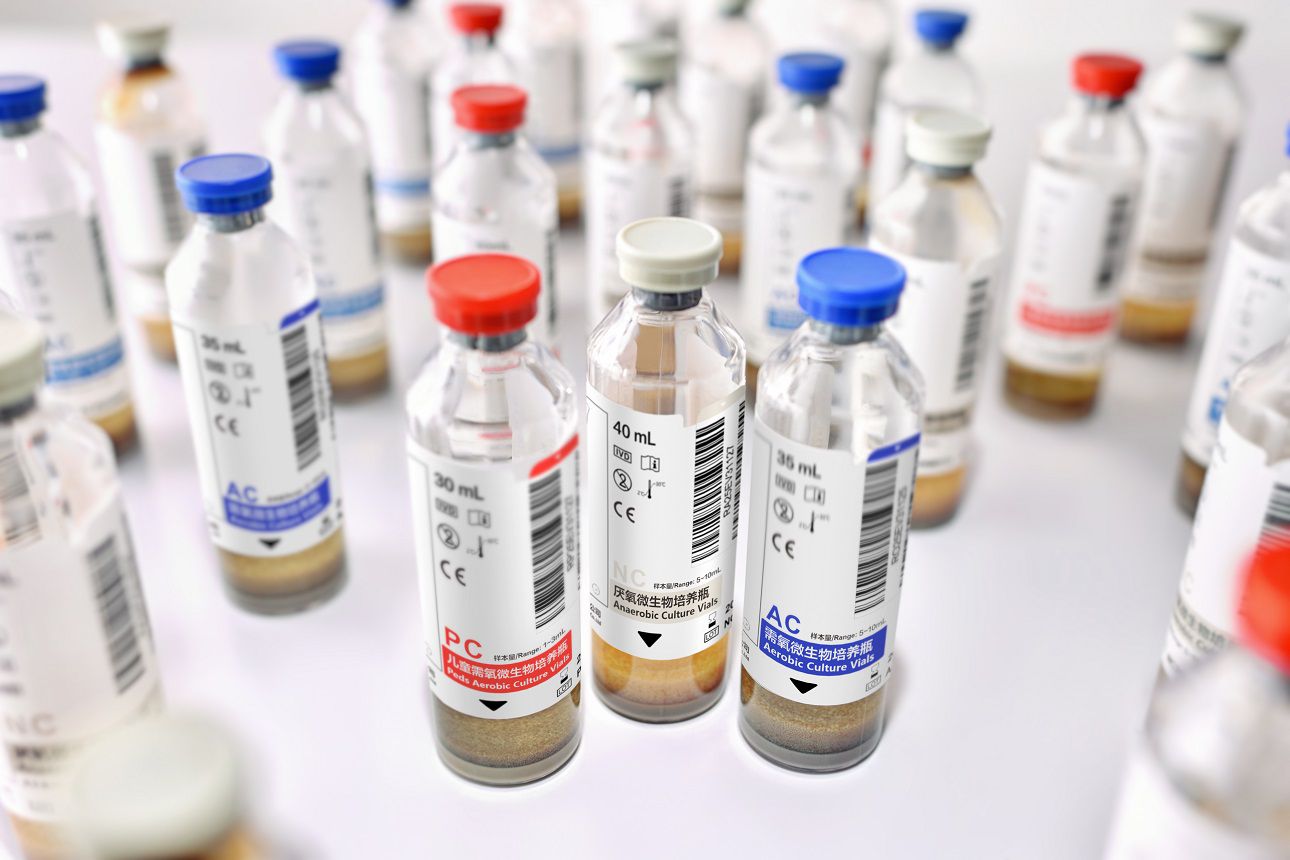
Furthermore, through formulation optimization, we balanced the ratio of MPC (Multi-Porosity Cross-Linked) Resin and Ion Exchange Resin, adding chemical neutralizers to the medium to comprehensively expand the spectrum of neutralizable antibiotics (see chart for details).
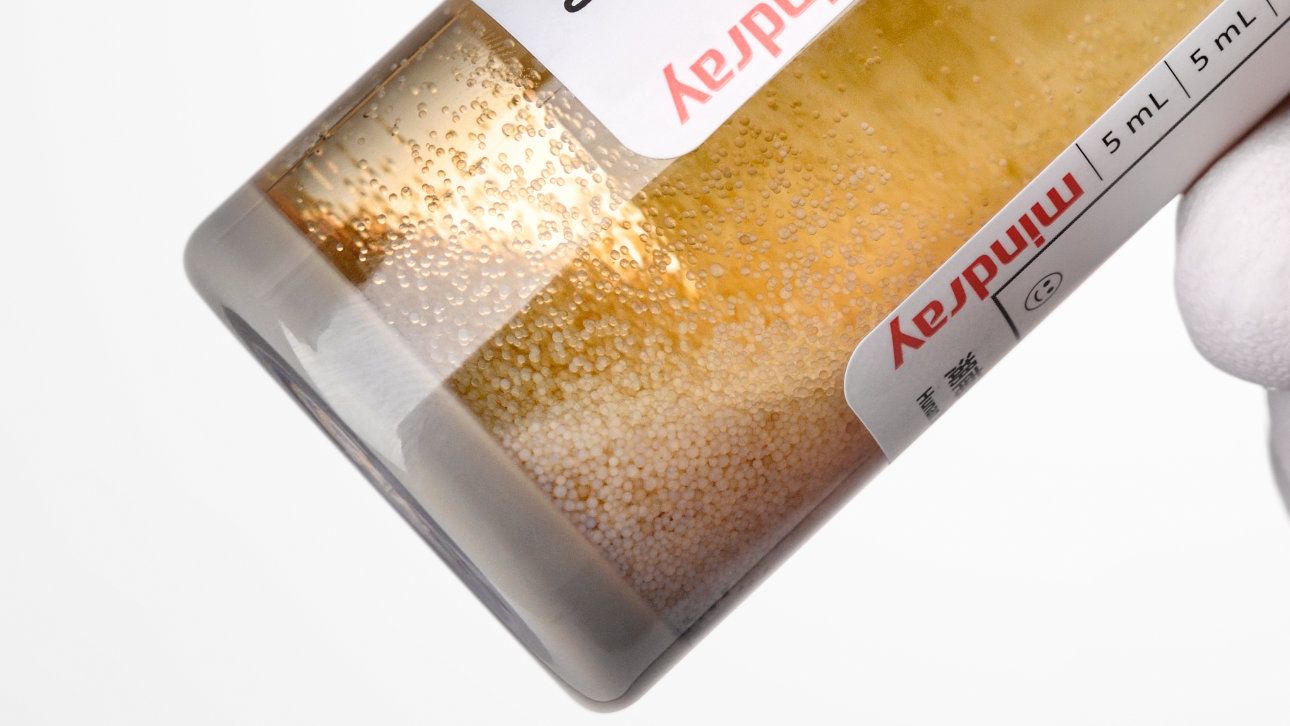
This innovative resin has been successfully applied in Mindray’s new-generation blood culture bottles. When used with the FA-N Series Automated Blood Culture System, it significantly enhances positive detection rates and reduces time-to-positivity. This achievement provides a more efficient and precise solution for clinical microbial blood culture testing.
| No. | Antibiotic Class | Antibiotic Name | Max Peak Blood Conc. (μg/mL) | Neutralization Capability |
|---|---|---|---|---|
| 1 | Glycopeptides | Vancomycin | 50 | Neutralizable |
| 2 | Glycopeptides | Teicoplanin | 111.8 | Neutralizable |
| 3 | Quinolones | Levofloxacin | 12.1 | Neutralizable |
| 4 | Quinolones | Moxifloxacin | 4.6 | Neutralizable |
| 5 | Quinolones | Ciprofloxacin | 4.6 | Neutralizable |
| 6 | Aminoglycosides | Gentamicin | 24 | Neutralizable |
| 7 | Aminoglycosides | Amikacin | 64 | Neutralizable |
| 8 | Aminoglycosides | Etimicin | 19.79 | Neutralizable |
| 9 | Penicillins | Penicillin G | 20 | Neutralizable |
| 10 | Penicillins | Oxacillin | 43 | Neutralizable |
| 11 | Penicillins | Piperacillin | 400 | Neutralizable |
| 12 | Enzyme Inhibitors | Piperacillin-Tazobactam | 242/24 | Neutralizable |
| 13 | Triazoles | Posaconazole | 3.3 | Neutralizable |
| 14 | Triazoles | Fluconazole | 14 | Neutralizable |
| 15 | Triazoles | Voriconazole | 3 | Neutralizable |
| 16 | Echinocandins | Caspofungin | 8.7 | Neutralizable |
| 17 | Polyenes | Amphotericin | 3.5 | Neutralizable |
| 18 | Macrolides | Azithromycin | 3.6 | Neutralizable |
| 19 | Oxazolidinones | Linezolid | 20 | Neutralizable |
| 20 | Glycylcyclines | Tigecycline | 0.63 | Neutralizable |
| 21 | Lipopeptides | Daptomycin | 99 | Neutralizable |
| 22 | Polymyxins | Colistin | 7.5 | Neutralizable |
| 23 | Sulfonamides | Cotrimoxazole | 9/105 | Neutralizable |
| 24 | Carbapenems | Imipenem | 40 | Neutralizable (Anaerobic) |
| 25 | Penicillins | Ampicillin | 100 | Partially Neutralizable |
| 26 | Carbapenems | Meropenem | 49 | Partially Neutralizable |
| 27 | Cephalosporins | Cefuroxime | 100 | Partially Neutralizable |
| 28 | Cephamycins | Cefoxitin | 110 | Partially Neutralizable |
| 29 | Enzyme Inhibitors | Cefoperazone-Sulbactam | 236.8/130.2 | Partially Neutralizable |
| 30 | Cephalosporins | Cefazolin | 188 | Partially Neutralizable |
| 31 | Cephalosporins | Ceftriaxone | 150 | Partially Neutralizable |
| 32 | Cephalosporins | Cefotaxim | 100 | Partially Neutralizable |
| 33 | Enzyme Inhibitors | Ceftazidime-Avibactam | 90.4/14.6 | Not Neutralizable |
| 34 | Cephalosporins | Ceftazidime | 69 | Not Neutralizable |
| 35 | Cephalosporins | Cefepime | 164 | Not Neutralizable |
| 36 | Oxacephems | Latamoxef | 101 | Not Neutralizable |
| 37 | Nitroimidazoles | Metronidazole | 25 | Not Neutralizable |
FA-N Series Automated Blood Culture System: Rapid Pathogen Detection, Powerful Antibiotic Adsorption
Mindray's new-generation resin blood culture bottles—empowered by superior antibiotic adsorption and enhanced pathogen detection—revolutionize clinical diagnostics. Unshaken by antimicrobial interference, unwavering in timely reporting, they enable clinicians to swiftly identify the cause of infection and deploy precisely targeted treatments at critical moments.
